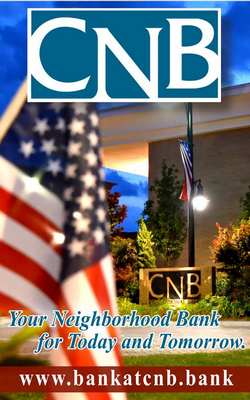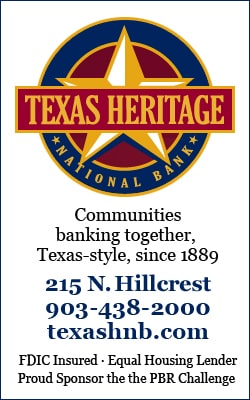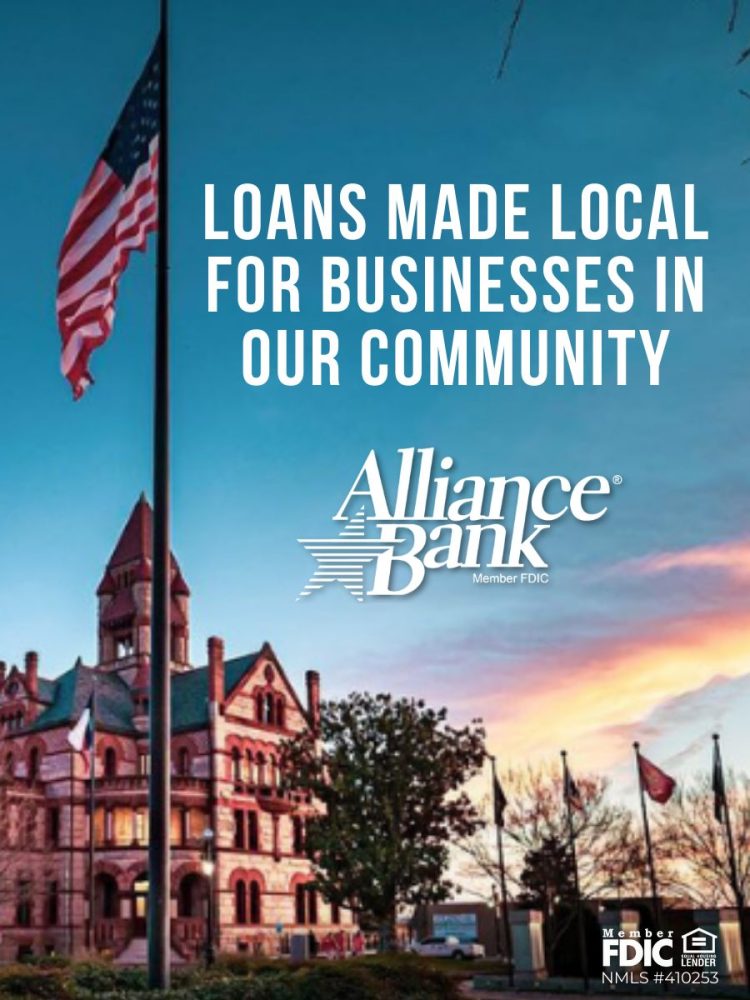The psychology of safety: how road design drives behavior
Aug. 28, 2025 – By Ryan LaFontaine – AUSTIN — In the complex world of traffic safety, subtle design choices can make the difference between a safe commute and a fatal crash.
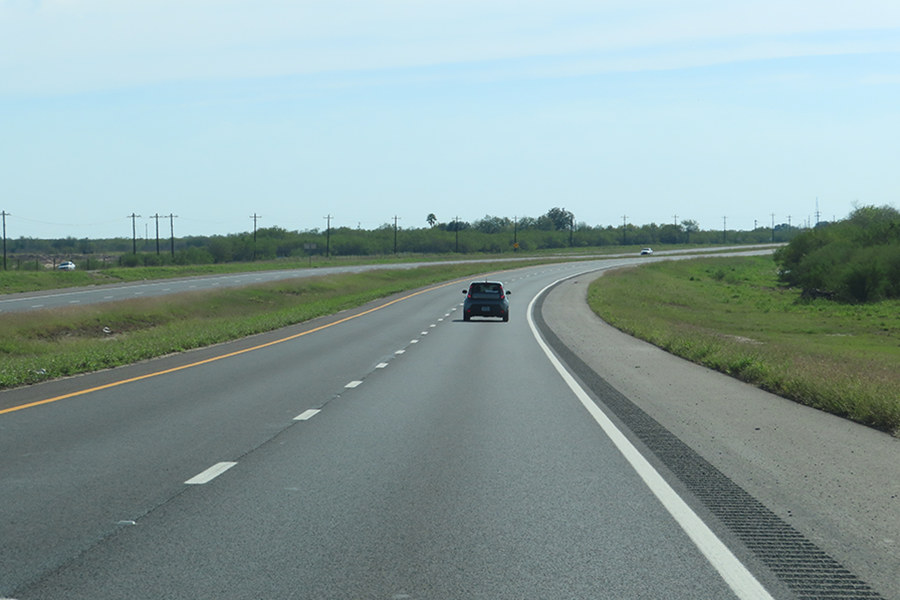
While enforcement and education are an important part of traffic safety, the psychological power of design can also shape driver behavior.
The Federal Highway Administration (FHWA) has long championed a set of Proven Safety Countermeasures , a toolbox of design strategies that reduce crashes and save lives.
According to Michael Chacon, Traffic Safety Division director for the Texas Department of Transportation (TxDOT), many of these strategies have been in use in Texas well before the federal endorsement.
But what’s becoming increasingly clear is that these interventions don’t just alert drivers—they influence their perception, judgment, and behavior behind the wheel to help prevent crashes and save lives.
Seeing is believing: The psychology of pavement markings
Take wider pavement markings, for example. On the surface, they seem like a simple visibility enhancement, and indeed they are. But their impact runs deeper. As Chacon explains, on two-lane highways, wider markings create the illusion of a narrower lane—prompting drivers to instinctively slow down.
“Wider markings have definitely been proven to enhance safety because of the increased visibility,” Chacon said. “However, when you put down the wider markings, it does give the illusion that the lanes are more narrow so people tend to slow down.”
This phenomenon exemplifies how design cues can subconsciously guide behavior. When the surrounding environment signals constraint or some level of risk, drivers adjust accordingly—often without even realizing it.
Roundabouts: Engineering calm in chaos
Roundabouts are another standout in a road designer’s safety arsenal. Unlike traditional intersections, they reduce vehicle conflict points and compel drivers to slow down before entering.
- Fewer severe crashes: By eliminating head-on and right-angle collisions, roundabouts significantly reduce fatal and injury crashes.
- Built-in speed control: Their circular layout inherently slows traffic to 15–20 mph—without relying on posted speed limits.
- Pedestrian-friendly design: Shorter crossing distances and improved sight lines make roundabouts safer for pedestrians and cyclists.
Curves ahead
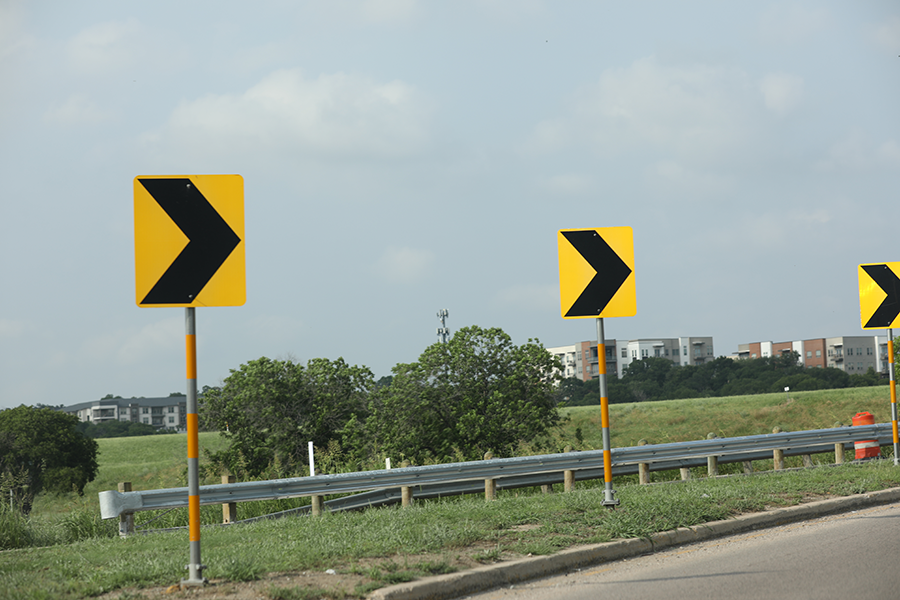
TxDOT has also leaned into strategies like enhanced delineation for horizontal curves, using LED-illuminated signs to alert drivers navigating dangerous curves. According to Chacon, these visual signals have helped mitigate run-off-road crashes—particularly in areas with higher incident rates.
“This is something we have done for some time to minimize risk in areas where we see a potential for run-off-the-road crashes,” Chacon said. “We use the standard chevron signs, but for areas where crashes tend to be higher, we use enhanced delineation which provides LED lights on the chevron signs to capture the driver’s attention.”
Pedestrian safety
Pedestrian safety has also evolved thanks to tools like Pedestrian Hybrid Beacons (PHBs) and Rectangular Rapid Flashing Beacons (RRFBs). These mid-block crossings—located in the middle of a city block rather than an intersection—only activate when pedestrians are present, capturing driver attention at the moment it matters most.
As Chacon notes, TxDOT has been aggressively deploying these devices across the state, making roadways safer for those on foot while maintaining traffic flow.
“Mid-block crossings are a big safety feature for pedestrians,” he said. “They are only active when a pedestrian pushes a button to get the drivers attention that someone is about to cross.”
Building a culture of safety through design
Safety isn’t just about signs and rules—it’s about environments that encourage the right decisions without requiring constant enforcement. By designing for human behavior—recognizing how perception, attention and instinct shape our actions—engineers and planners can build a safer infrastructure.
“Most of these countermeasures aren’t about changing psychology directly—they’re about getting the driver’s attention,” Chacon said. “But in doing that, they also influence how drivers behave.”
However, while TxDOT can make engineering improvements, it’s also up to drivers to make safe decisions behind the wheel. By always driving like a Texan and being kind, courteous and safe, we can all work together to prevent crashes and save lives on Texas roads.



